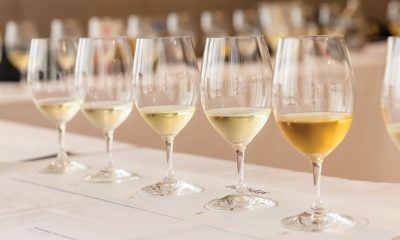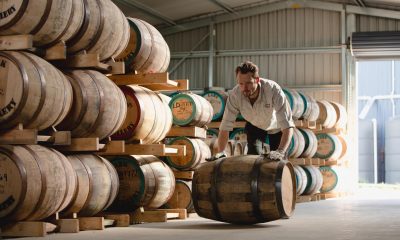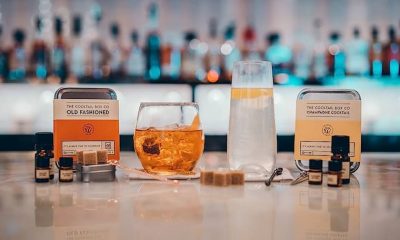Food & Drink
Make a Toast with a Glass of Natural Wine
Nothing beats a glass of wine after a long day. Also, having lunch with a delicious, cooled wine is a great way to complete your favourite meal. Toasting for your birthday, parties, family gatherings or Christmas or New Year’s with this drink is a tradition in many countries around the world. Wine was always people’s favourite drink and today we’re lucky that we have so many choices of tastes, colours and methods of fermentation.
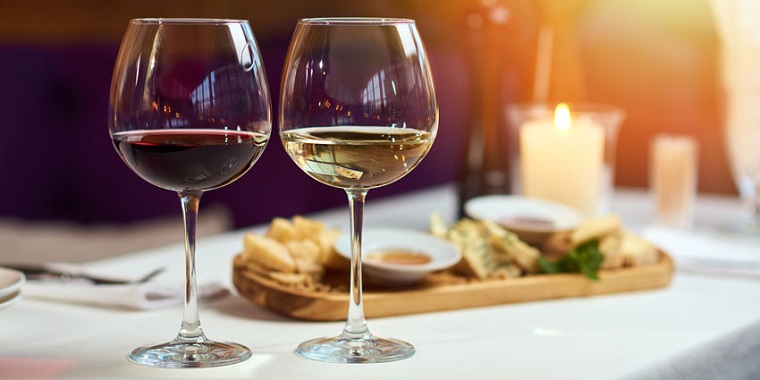
Source: pinterest.com
But, have you ever got to taste natural wine? Did you know that this type of wine is a lot different than the regular one? The difference lies in the making process, appearance, taste, storage and serving. And while many people are still reserved towards this type of wine, others love it and choose it over the regular one. Since we’re in the middle of the holidays and drinks are essential on everyone’s table, it’s the perfect time to try a quality natural wine and see if you like it.
What’s Natural Wine?
What today is known as natural or raw wine, started in rural France, where low-intervention winemakers working in their organic wineries slowly but surely started creating a community. The first natural wine tasting occurred in La Dive Boutelle in 1999 where 15 winemakers and 100 attendees were sharing the love for such wines.
Natural wines are farmed organically by using permaculture and made without adding or removing anything in the cellar. During the making process, no additives or processing aids are used. The ‘intervention” that naturally occurs during the fermentation process is kept to a minimum. Neither fining nor filtration is used and the result is a living wine which is a wholesome wine full of naturally occurring microbiology. Winemakers, sommeliers and distributors call this wine natural or low-intervention, raw or naked wine.
Although you may hear people saying that this is just fermented juice, this wine isn’t fraud nor are people who drink it delusional. Besides all the debate, it’s a fact that these wines have the same alcohol content and are super delicious.
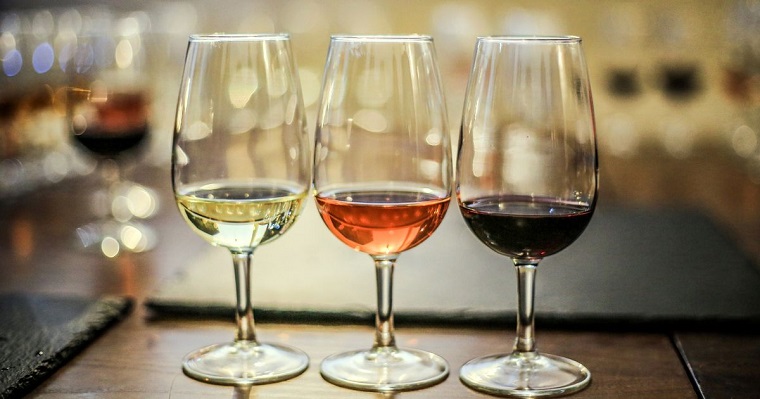
Source: pinterest.com
Does Natural = Better?
This wine doesn’t contain sulphites, additives or other manipulation. This is the reason that upon trying a sip, many find that natural wine is automatically better than the standard options. However, it’s important to note that the presence of sulphites doesn’t mean that the wine is bad. This is a controversial topic, but there’s no evidence that it sulphites can cause wine headaches.
Natural wines aren’t filtered and are unrefined, which means that the beneficial microbes and proteins from the grapes and the fermentation process are included in the wine. As a result, drinking natural and organic wine can have many health benefits.
However, the downside to natural sulphite-free wines is that they aren’t very stable in the long term and are highly sensitive. If the wine is improperly handled by the shipper or retailer, it will spoil.
Tasting Notes
Natural wines have a yeastier, funkier, gamier taste characteristic and appear cloudy. Such wine is less fruity and much more yeasty in the aroma than regular wine. It may smell similar to yoghurt. However, some wines are clean and fruity. But if you taste a few, you’ll see that most of their taste goes from sour to yeasty.

Source: pinterest.com
Serving, Storage and Drinking
Natural wines are more fragile than the typical wine, so there are special rules when it comes to storage, serving and drinking. First of all, buy your natural wine from local retailers. This is a good way to support a local business, but also you will reduce the risk of buying a wine that was spoiled during transport.
The wine should be drunk within a year of the production date (unless it contains sulphites). Keep it in the refrigerator (cellar or fridge) and never let the bottle stay in a setting that’s warmer than 26.7 C degrees.
It’s best to keep these wines away from the sun or any artificial light sources – even LED lights in the fridge and fluorescent bulbs may affect it poorly. Once opened, store the bottle sealed with a cork in the fridge and finish it within a couple of days.
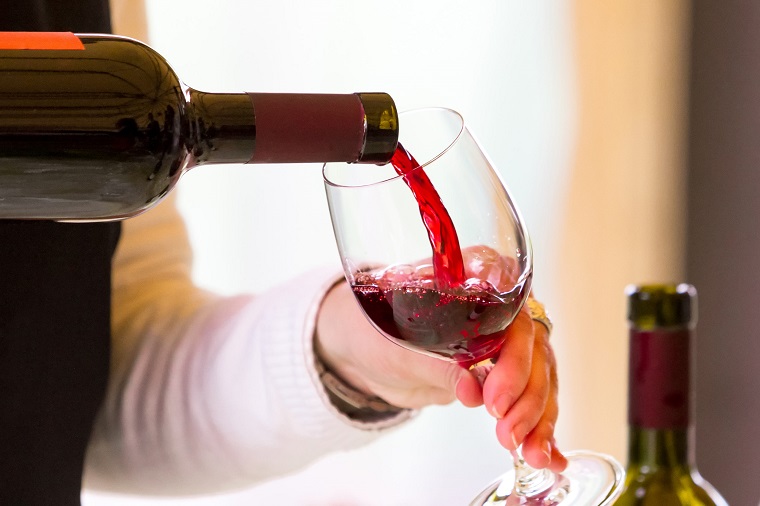
Source: vincarta.com
Wine Recommendations to Try at Your Next Celebration
Orange Wine
This is a natural white or amber wine, but made like red wine because the skins and seeds stay in contact with the juice during the fermentation. This wine uses ancient winemaking techniques that are popular in Italy and Slovenia. It will surely be a great conversation starter at your next gathering.
Pet Nat Wine
Pétillant Naturel is a type of sparkling wine that uses the oldest sparkling method Méthode Ancestrale. The wine finishes fermenting in while in the bottle which leads to carbonation with a natural spritz. There’s no use of added chemicals for the sparkling effect.
Natural Red Wine
You can also find natural versions of all wine styles including red (although it’s far rarer). Some winemakers use clay amphora pots for the fermentation process or leave the wine in contact with the skins for some period (also known as extended maceration). You won’t see new oak-aging in this winemaking process, because most producers thnk that this will tarnish the true expression of the grape.


